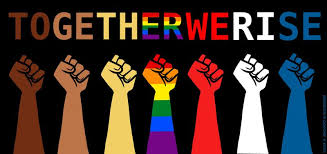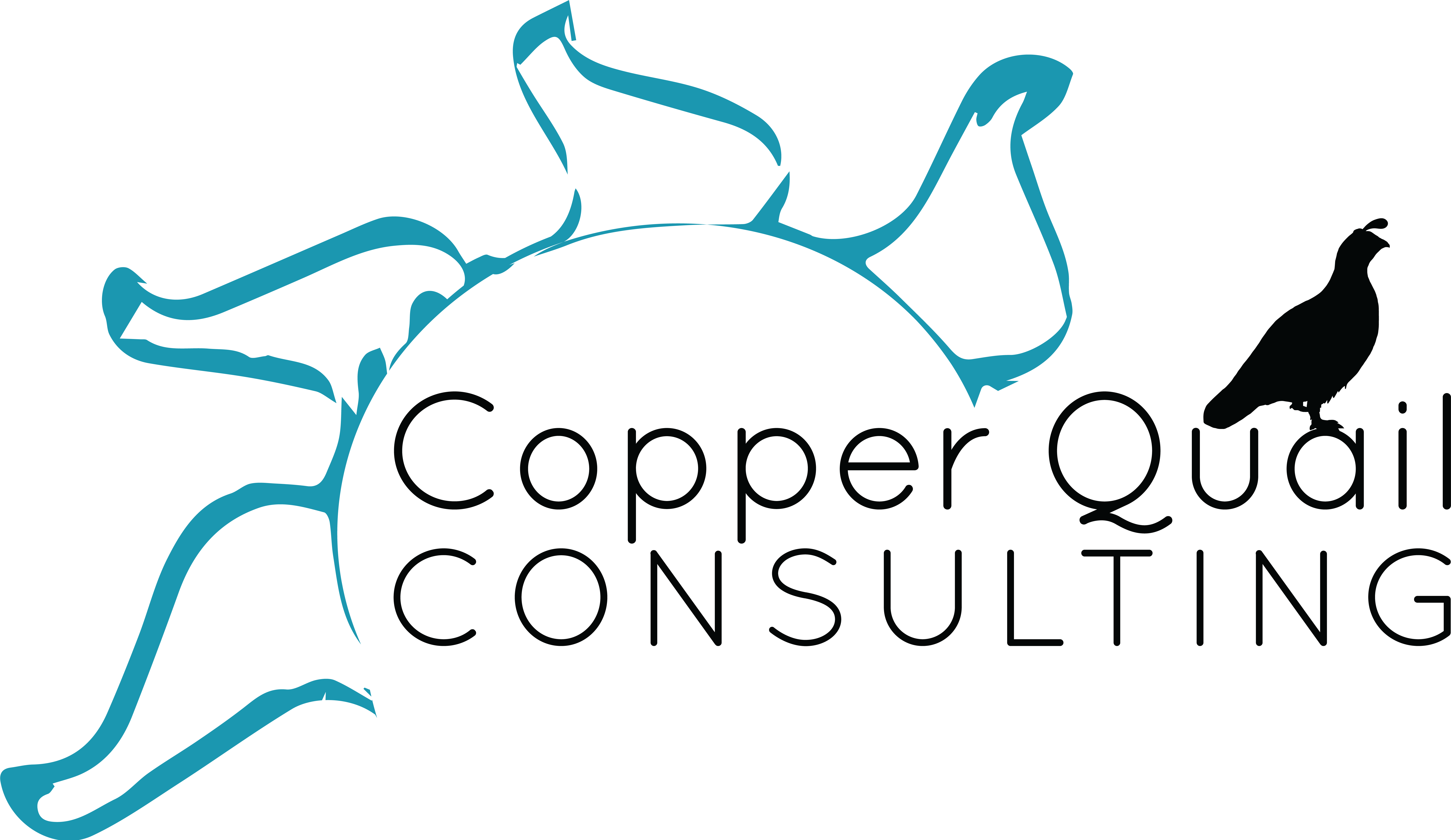Diversity… inclusion… equity… We hear these words a lot and rightfully so. Research shows time and again that diverse workplaces lead to innovation, creativity, loyalty and much more. However, for too long, organizations have invested time, money and energy into DEI programs that result in little to no lasting change. How are we botching this over and over again?
I believe the missing element is a sense of belonging. That not only should a team member feel welcome, included and invited to be there, but that they truly feel they belong.
What do I mean by belong?
I mean that a person can be themselves without fear, they do not have to hide any part of their person behind a mask, they feel safe and empowered to share what they think, they can ask for what they need, and their needs and wants are met like any one else’s.
It can be small things like letting employees use your office for prayer time if there’s no dedicated space or it could be large things like ending wage disparities.

What should I focus on?
I don’t have all the answers. I’m refining my views, checking my biases, and improving my processes all the time. I do, though, want to share a couple of ideas to help get organizations started reviewing now how they can increase feelings of belonging among staff and avoid pitfalls that lead staff to lose trust in their organization:
1. Survey Your Staff
Anonymously survey your staff and ask them questions such as:
“How can the organization do better to address racism in the workplace, the community, and the U.S.?”
“Have you felt the organization has made decisions where race was a factor? If so, please explain.”
“Are there leaders that have exhibited behavior that is racist? If so, how?”
“Are there departments or business units that support or contribute to racist behavior?”
“Does discussing race at work feel safe? If not, what can we do?”
Continue to ask these questions related to gender, age, gender identification, sexual orientation, religious affiliation, disability or veteran status, etc. Let your staff know you care, that you want to continue these tough conversations, and you want their help challenging the status quo, organizational assumptions and more.
2. Look at HR Recruiting Practices
Applicants and staff could be self-selecting out based on the language that you use, the filter you read with, and the feelings you go with over facts:
Do your job descriptions overly use masculine descriptors (i.e. driving, competing, building) or feminine descriptors (i.e. cultivating, creating, collaborating)? Aim to use a balance.
Do you look at resumes with or without names? Resumes with “ethnic-looking” names like Jamal or Lakisha tend to get shorter or less reviews than those with “white-looking” names like Bill or Julie; audit your resume reviewers.
Do you have a structured interview process with set questions about knowledge, skills, and abilities with a scoring index? Do you utilize a panel for interviewing? Is an interviewer response of, “they’re just not a cultural fit” accepted without a clear explanation, such as “because they seem to value individual results above all else”? Ask interviewers to “tell you more” when they state someone is “not a cultural fit.”
3. Conduct a Quick Compensation Review
Most payroll systems allow you to print out a spreadsheet with all employee demographic information plus pay rates. Do this now and then annually thereafter (depending on your turnover rate, you may need to do this more frequently).
If people in the same position and same tenure range are making less than their white, hetero, Christian, male counterpart, you have a problem on your hands. Calculate what it will take to bring all employees up to parity and then make a plan to do so ASAP.
I realize this can also happen because the market moves and you hire new staff at a higher rate than existing staff. Again, it will make all the difference in the world to your staff to audit wages annually and make adjustments rapidly to correct these types of issues. Your best bet is to do this work proactively to avoid wage imbalances going forward and increase your staff’s trust in your organization.

Do Something Now
You don’t have to be perfect. You do have to do something. Talk to your staff. Let them know what you are doing now to make sure you are recruiting the most amazing and diverse workforce you can and that you are working to revamp internal procedures to retain these outstanding individuals
What is Your Organization Doing?
If you’re still not sure where to start, there are lots of resources online and I am happy to be a thinking partner for your organization. I’d also love to hear what you’re tackling right now. I know one group that just implemented four hours of Paid Volunteer Time Off per quarter so that employees can support the nonprofits and advocacy efforts that are important to them. Drop me a note with your internal and external initiatives!
Sources: SHRM.org, Entrepreneur.com

